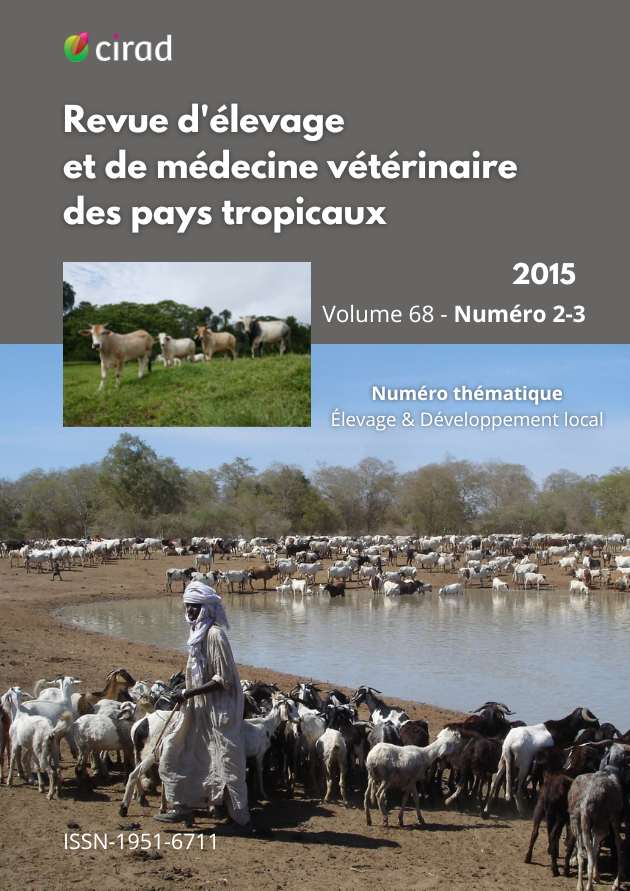Opportunism and persistence in milk production in the Brazilian Amazonia
DOI:
https://doi.org/10.19182/remvt.20589Keywords
LiFLOD 2011, family farming, milk production, milk collection, sustainability, AmazoniaAbstract
In Amazonia milk production is considered as an opportunity to improve the viability of small farms because of the double function of milk and calf production, which is promoted by the high forage potential resulting from the hot and humid climate. However, dairy production does not depend on fodder only, the challenge is more complex. This paper describes how the local milk supply chain and the context restrict the productivity and innovation process in the dairy sector. It also outlines short-term development possibilities. We implemented a new method that combined three complementary approaches in order to understand better the complexity of dairy production in Amazonia. These approaches were based on i) a farm typology carried out during two different periods to build farm trajectories, ii) a retrospective analysis to describe changes and persistence in the involved factors, and iii) a supply chain analysis based on secondary data and information collected from key informants. The obtained results completed the significant knowledge gathered by researchers over the past ten years. The typology revealed the frequent and sudden changes in farm strategies, with two main trends: opportunism and persistence in relation to management practices, especially animal reproduction, feeding, and dairy product marketing. The latter highly depends on the capacity of local dairy factories to build a trusting relationship with the farmers. However, this partnership is difficult to set up because of transportation constraints, insufficient access to the market, and national production norms. This context explains the frequent creation / closing out of dairy factories. This is why many farmers center their production on calves and consider milk as a by-product. Others, however, keep up producing milk and calves for cultural reasons, looking out for alternatives to milk marketing. Three scenarios have been developed: i) intensification, ii) increase in the local demand, and iii) demanding environmental policies.
Downloads
Downloads
-
Abstract731
-
PDF620
Received
Accepted
Published
How to Cite
Issue
Section
Categories
License
© S.A.de Carvalho et al., hosted by CIRAD 2016

This work is licensed under a Creative Commons Attribution 4.0 International License.








